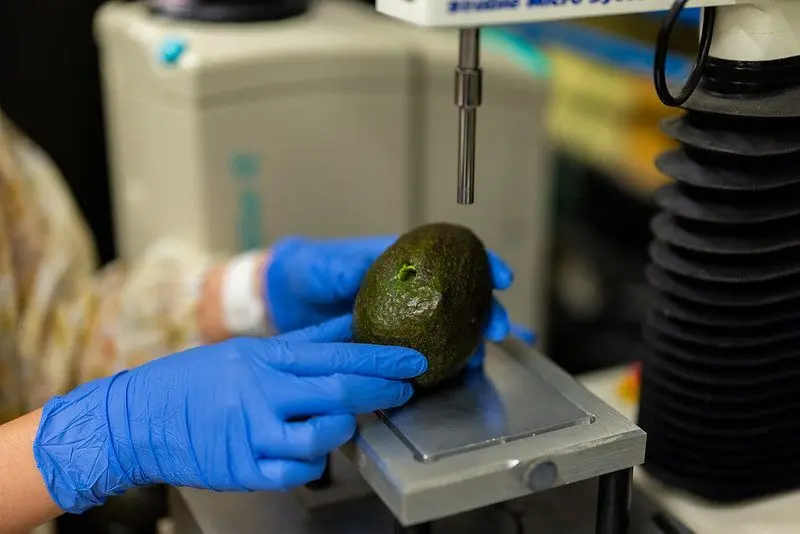Researchers have developed a smartphone-based artificial intelligence system that accurately predicts the ripeness and internal quality of avocados.
“Avocados are among the most wasted fruits globally due to overripeness,” said Luyao Ma, an assistant professor at Oregon State University. “Our goal was to create a tool that helps consumers and retailers make smarter decisions about when to use or sell avocados.”
The research team, comprising scientists from Oregon State and Florida State University, trained AI models using more than 1,400 iPhone images of Hass avocados. The system predicted firmness, a key indicator of ripeness, with nearly 92% accuracy, and internal quality (fresh vs. rotten) with over 84% accuracy.
The researchers believe these accuracy rates can be improved as more images are added to the model. They also note that the technology has the potential to assess the ripeness and quality of other types of food.
They hope to further develop the technology so that consumers can use it at home to determine the optimal time to eat an avocado, avoiding the disappointment of cutting into one only to find dreaded brown spots.
The team also sees potential applications in avocado processing facilities, where the technology could be used to better sort and grade the fruit. For example, if the system detects that a batch is more ripe, it could be shipped to a nearby retailer instead of one further away. Retailers could similarly use the technology to determine which avocados should be sold first based on ripeness.
These findings build on previous research that used images and machine learning techniques to assess food quality. However, earlier studies relied on manual feature selection [SN1] and traditional machine learning algorithms, which limited prediction performance, said In-Hwan Lee, a doctoral student working with Ma on the project.
“To overcome these limitations, we used deep learning approaches that automatically capture a broader range of information, including shape, texture, and spatial patterns to enhance the accuracy and robustness of avocado quality predictions,” Lee said.
Ma chose to focus on avocados due to their high market value and high waste rate. She also noted a personal motivation: as a frequent consumer of avocado toast, she was often frustrated by not knowing when avocados were perfectly ripe and cutting into overripe ones.
The research addresses a major global challenge: food waste. About 30% of the world’s food production is wasted. In response to this challenge, the U.S. Department of Agriculture and the Environmental Protection Agency have set a national goal to reduce food waste by 50% by 2030.
“Avocados are just the beginning,” Ma said. “This technology could be applied much more broadly, helping consumers, retailers, and distributors make smarter decisions and reduce waste.”
The findings were recently published in Current Research in Food Science. Zhengao Lee of Florida State University is also a co-author of the paper. Ma and Lee are in the Department of Food Science and Technology in Oregon State’s College of Agricultural Sciences. Ma is also affiliated with the Department of Biological and Ecological Engineering.

